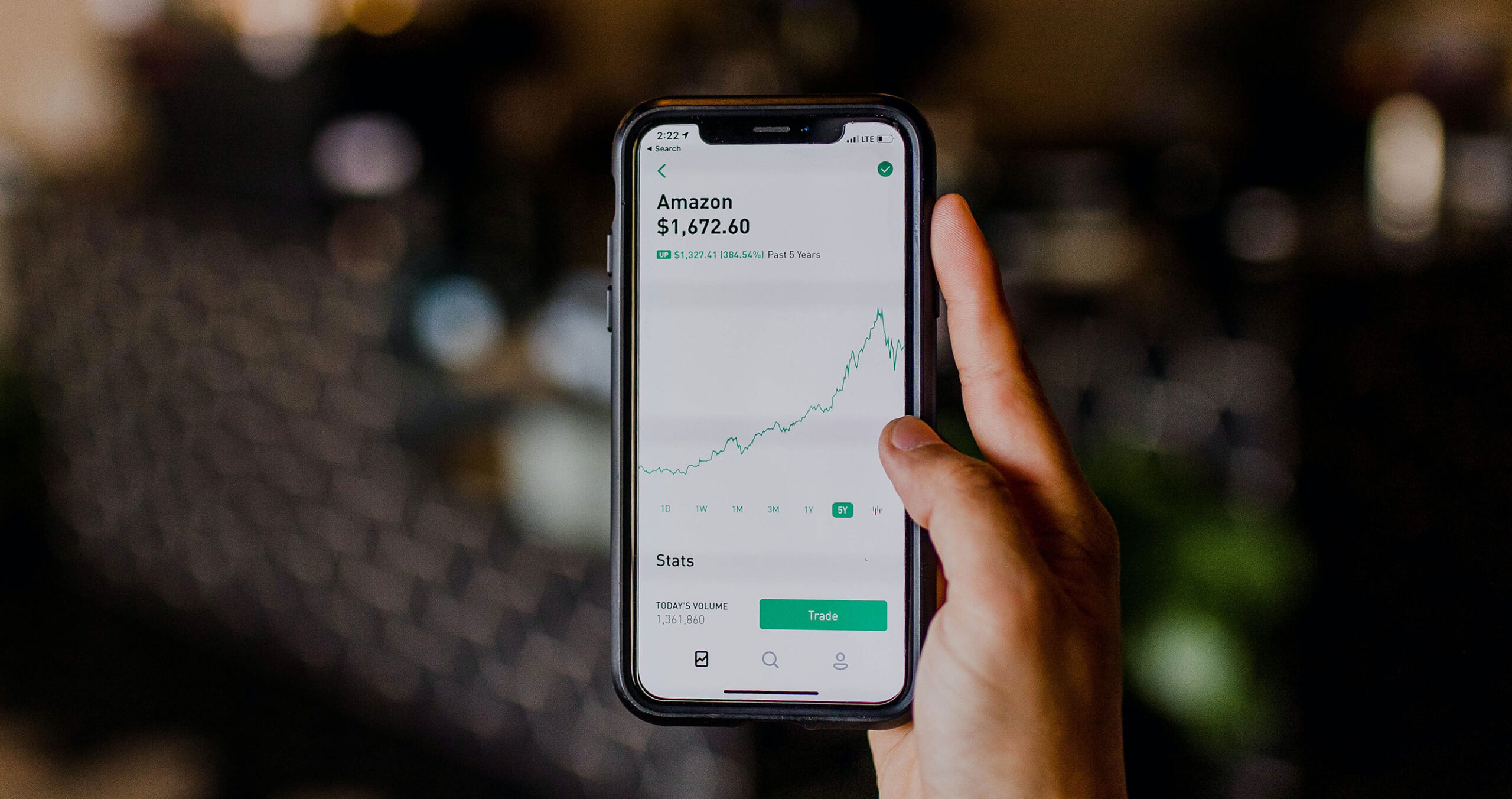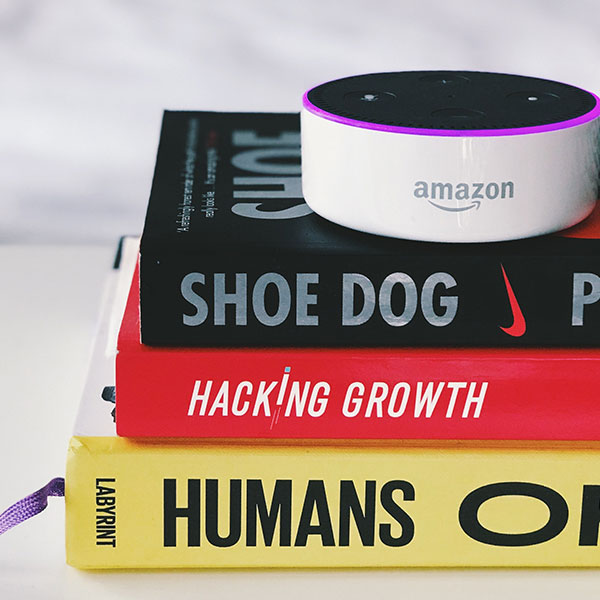
Thinking
The Analyst View: Retail

The Analyst View: Retail
It was a mere two years ago in August of 2018 when Apple became the first publicly traded company in history to hurdle over the $1 trillion valuation. It took Apple harnessing the biggest change in personal computing ever, the smartphone, and 38 years of public trading to hit the milestone. Along the way, the company also captured the title of most valuable brand in the world per the Best Global Brands rankings for five consecutive years.
Industry watchers and investors now expect a change at the top. Amazon, which has roughly doubled in value over the past 52-weeks, is worth well over $1 trillion itself and many think it is just a matter of time before Amazon takes the crown from Apple. Appropriately, Amazon secured the #2 spot in the Best Global Brands, its highest rank ever.
Investors began aggressively buying Amazon shares in mid-March as it became clear that consumers would still be shopping, just not in stores. Expectations paid off as Amazon had net sales growing 40% year-over-year to $88.9 billion in the second quarter, smashing its guidance of growth for the quarter to be in the 18% to 28% range and a stark acceleration from growth of 26% in the first quarter of the year.

Consumer awareness of the role that Amazon plays in their life has increased. The company is a critical partner in the shift to a work from home society, and a critical eye is increasingly turned to Amazon’s human truth with questions growing about the working conditions and safety of its front-line workers. The company disclosed in early October that 19,816 employees have tested positive for COVID-19, and in the same sentence as the disclosure, highlights that statistically the number is 42% lower than expected. This follows on from comments made in May that the “total number of cases isn’t particularly useful”, while ending its $2 per hour hazard pay raise after less than 3 months of the policy. The company has since increased in value by over $300 billion, driving a subsequent increase in the value of shares held by its executive team, while ending its double overtime pay for warehouse workers.
The push back has already started. In the spring of 2019, Amazon reversed its decision to build a second headquarters in New York City after local politicians and protestors made an issue of pointing out the fallacy of providing tax subsidies to a company that would likely result in further strain on the city infrastructure and housing issues. In an anxious world, customers are going to see the accelerating state of decline for traditional retailers as the record number of 9,500 retail stores that closed in the United States in 2019 is poised to be eclipsed. Estimates for retail closures run as high as 25,000 stores shut down permanently in 2020 as every 1% increase in online sales translates into a downstream effect of closing roughly 8,000 traditional retail stores.
When customers venture out of the house and see shuttered stores and empty malls- and services from state and local government falter because of declining tax revenues- the potential is ripe for a whiplash of support for local shopping initiatives. While the Stop Bad Employers by Zeroing Out Subsidies (Stop BEZOS) Act of 2018 introduced by Senator Sanders in 2018 didn’t get traction, it’s entirely possible that potential future legislation may be received more kindly in Congress.
Amazon shareholders have benefited richly from the company’s success. Now the key to longevity lies in broadening success from shareholders to the larger circle of stakeholders that includes small merchants using the platform, distribution partners, and the army of workers fulfilling the millions of orders clicked each day.
